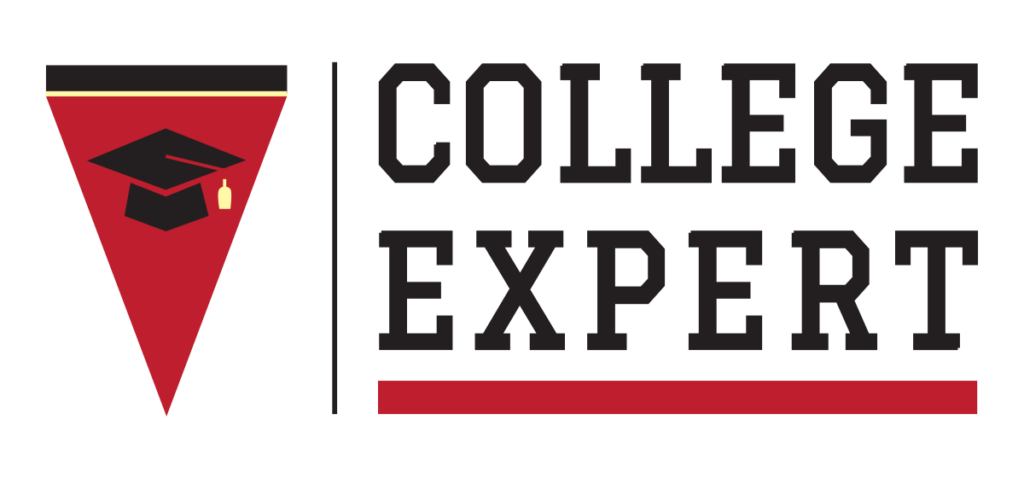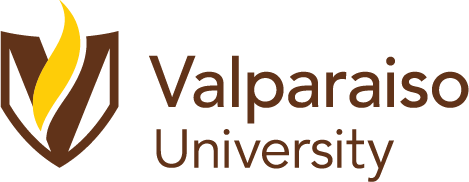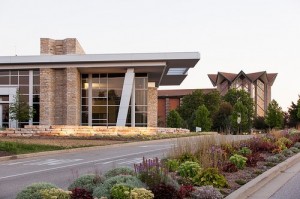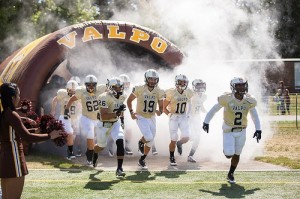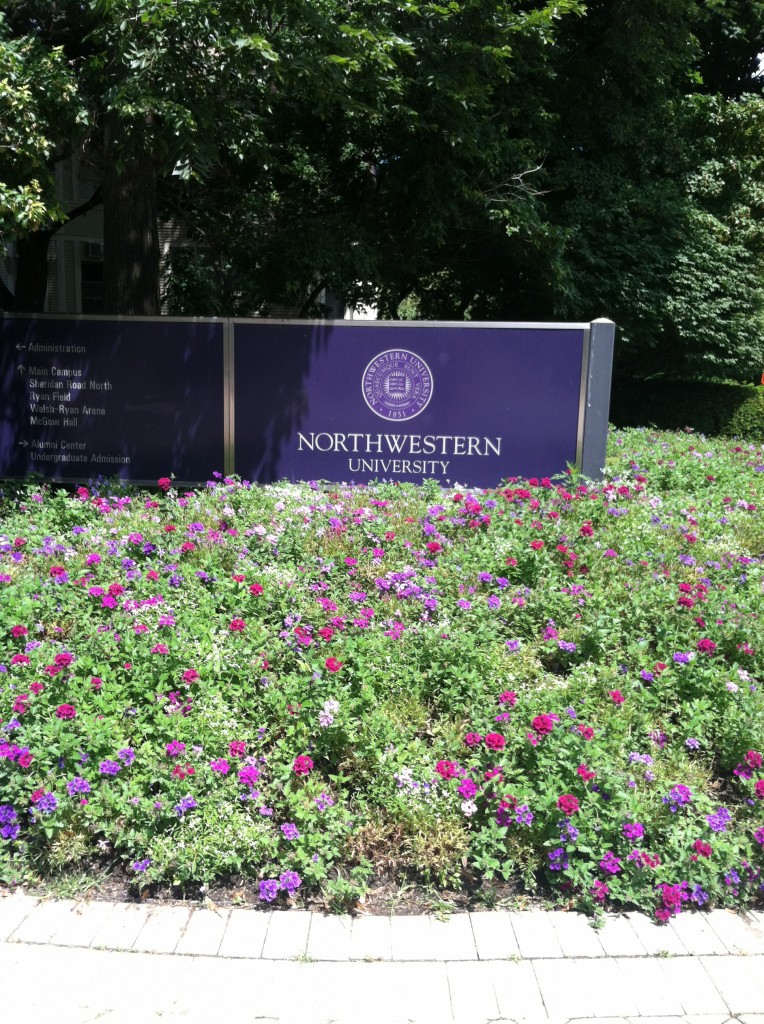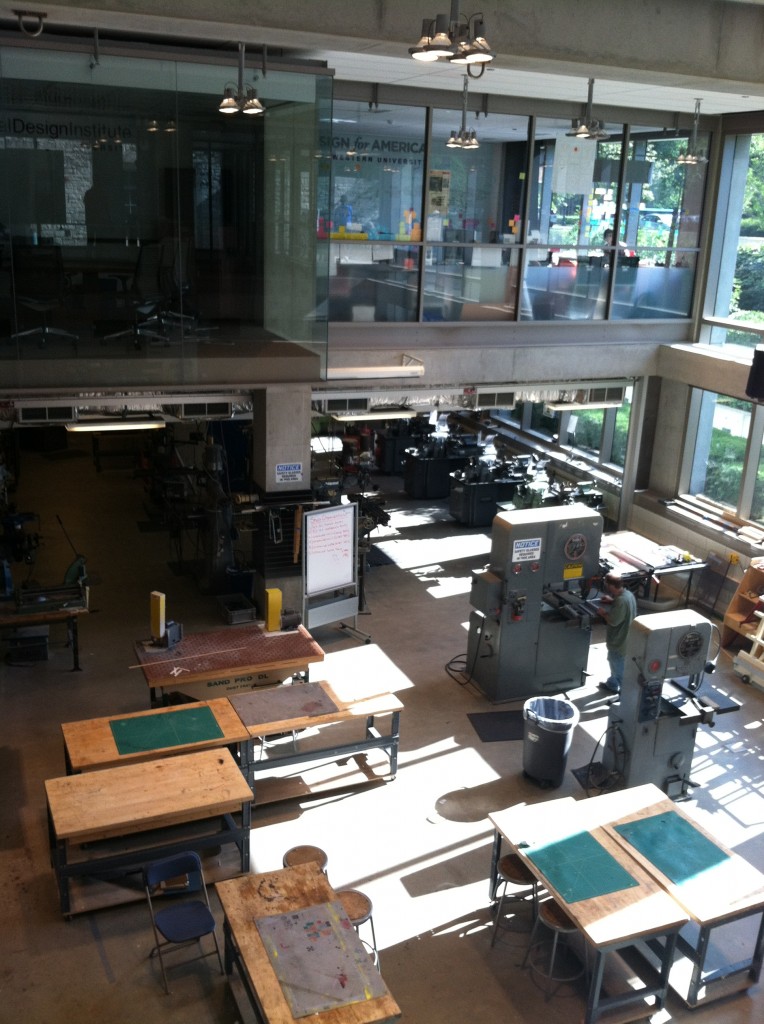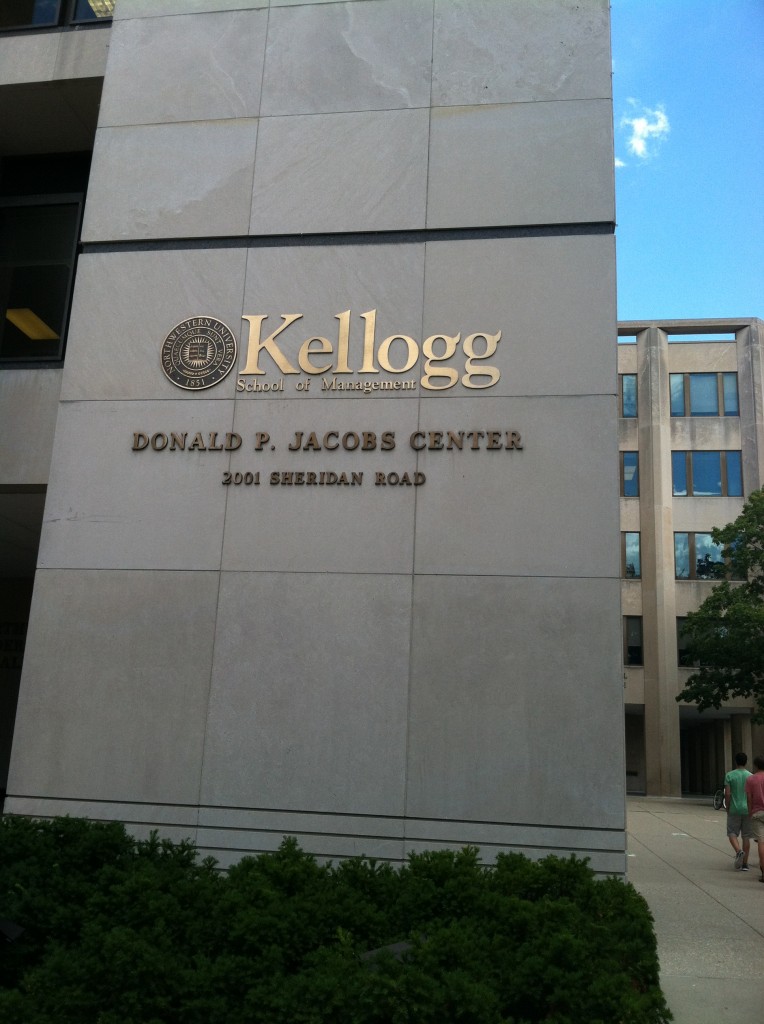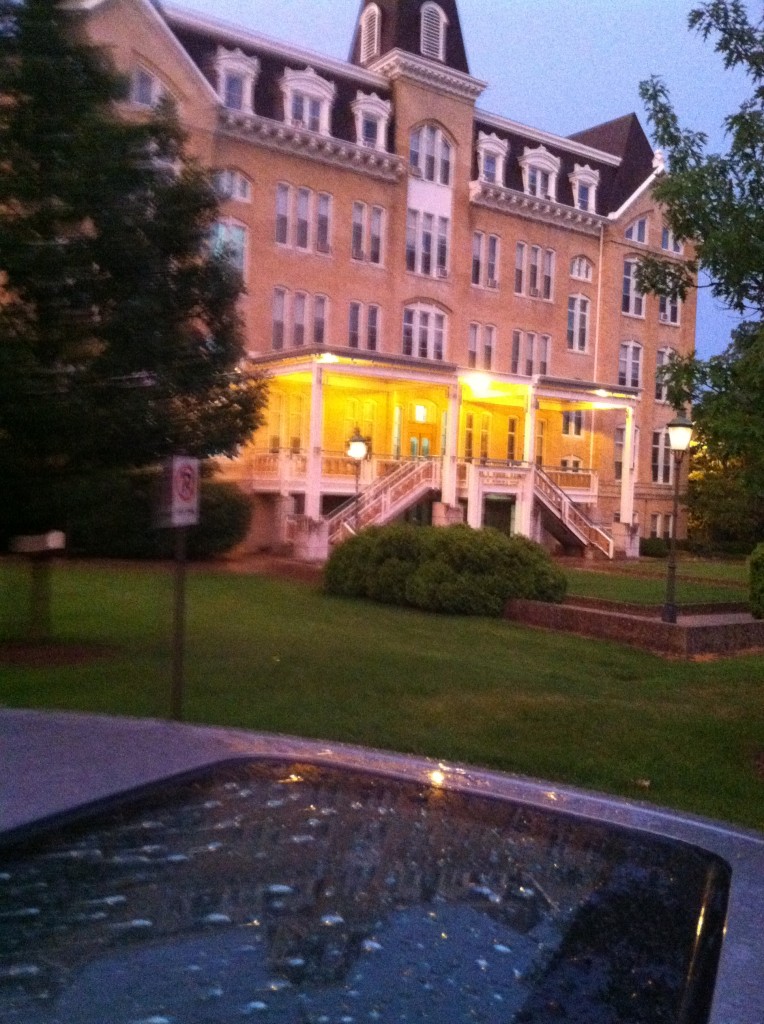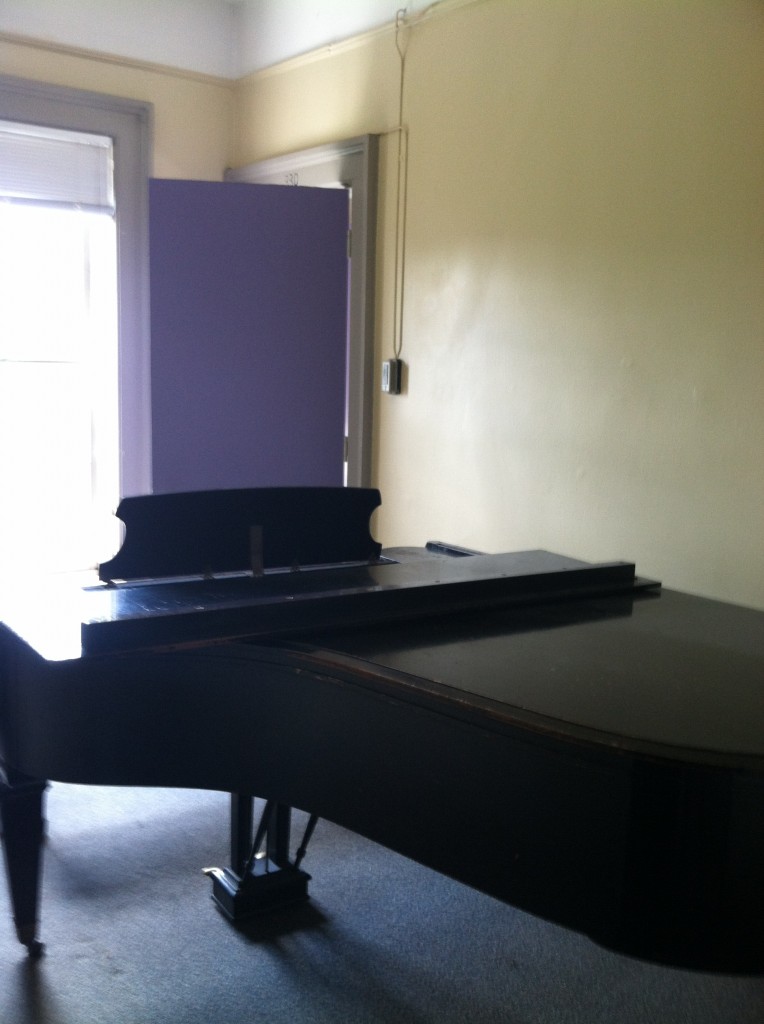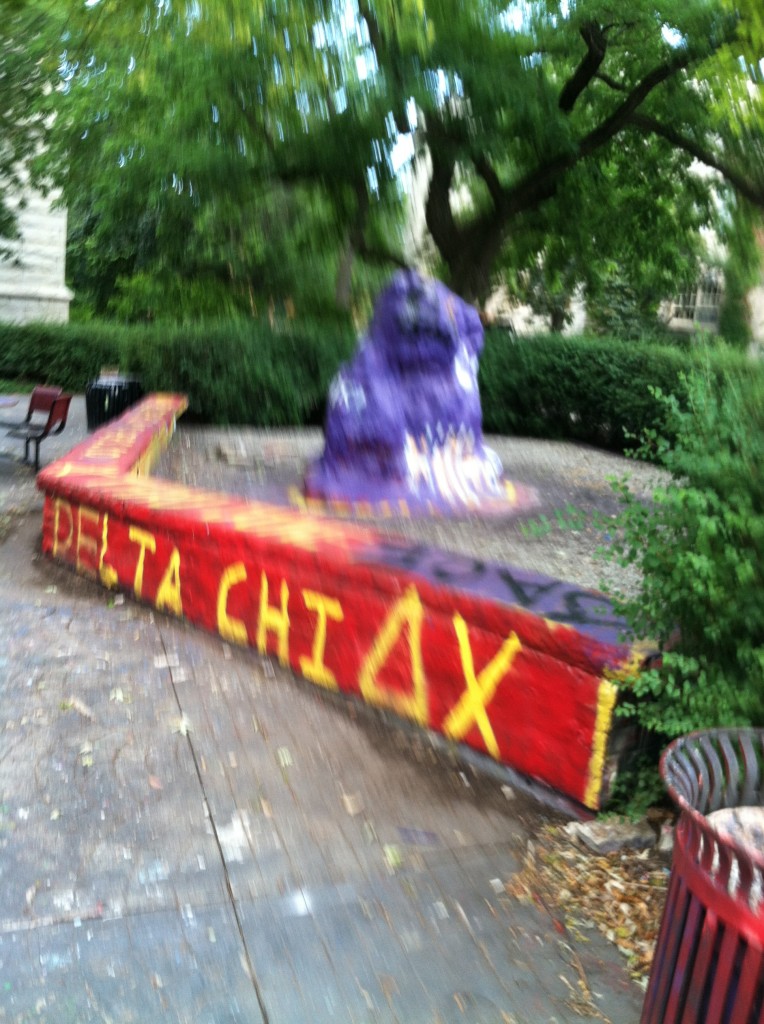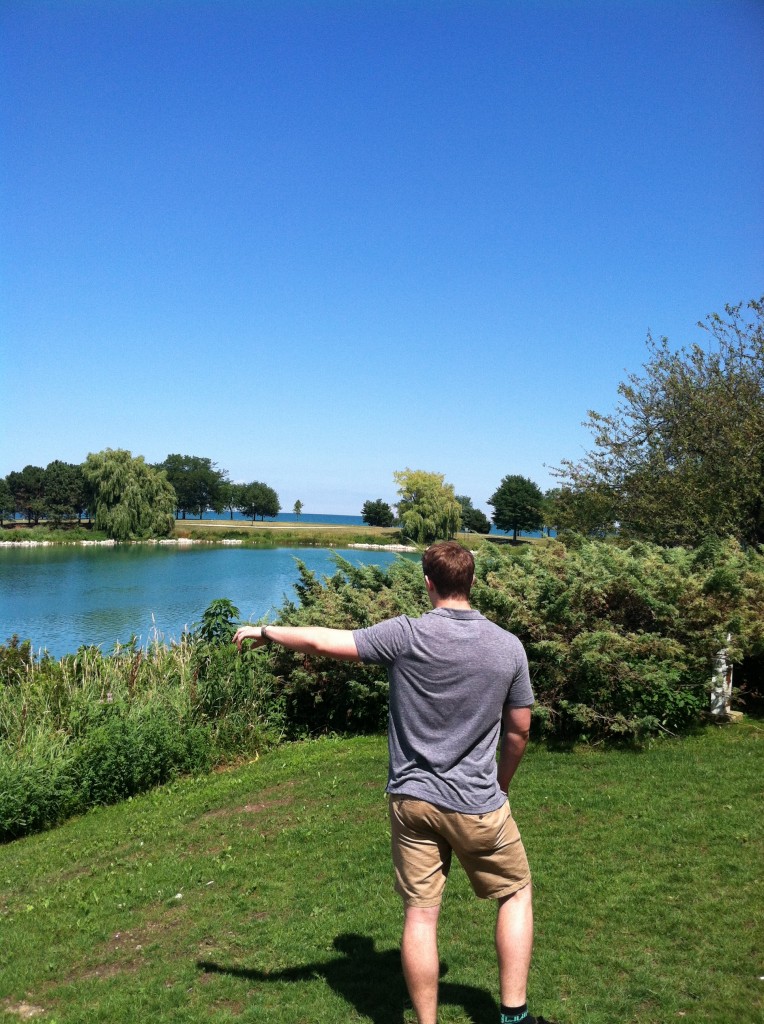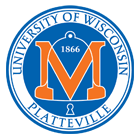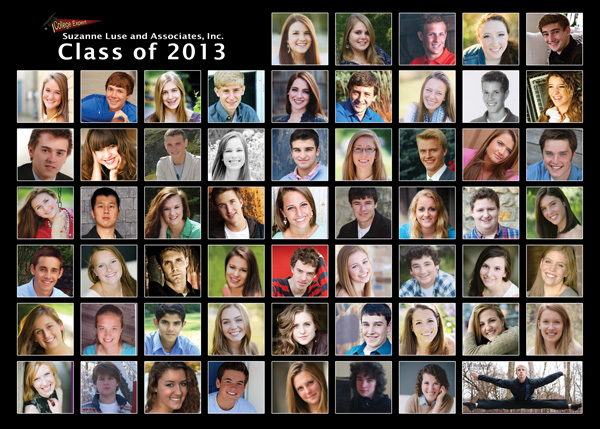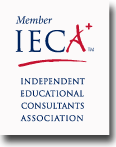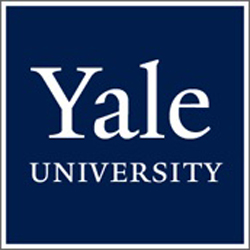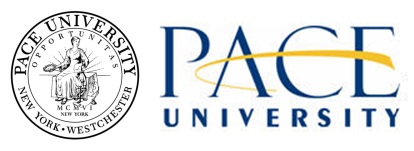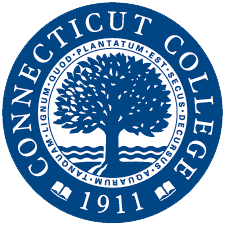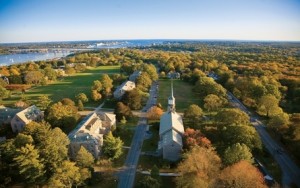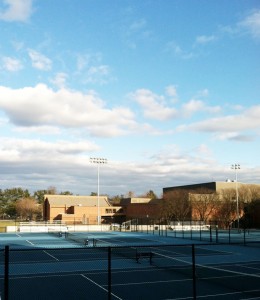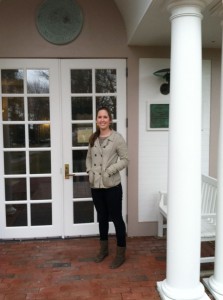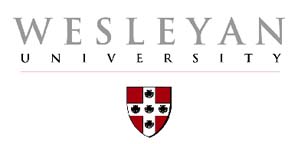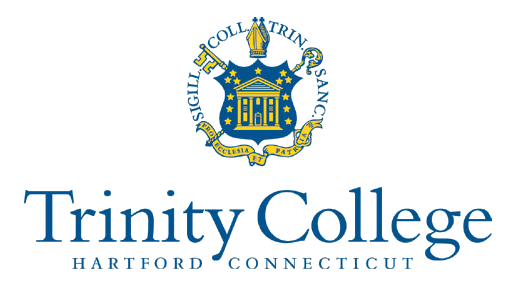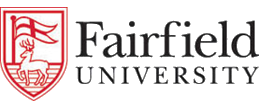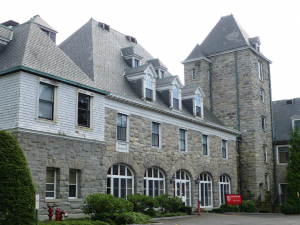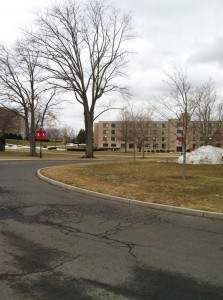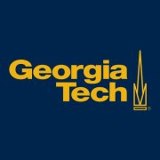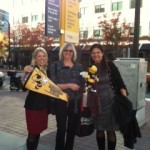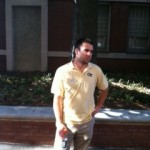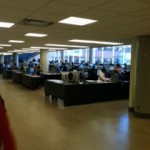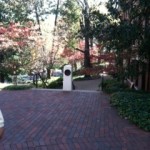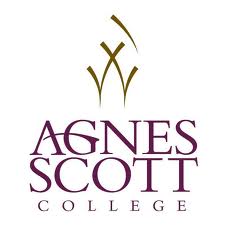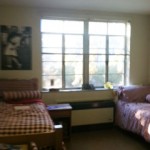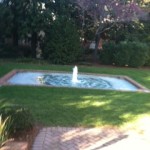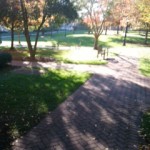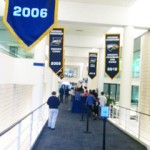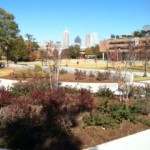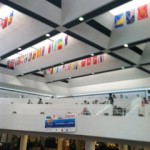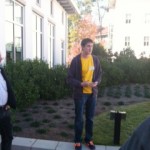We’re sorry to inform you…
When a message begins like that, it’s never good, especially if it’s from a college informing you on whether you’ve been accepted or not. Never good quickly transitions into the horror of all horrors if it was your first choice, dream school, as it unfortunately was in my case. All anxiety and cheery false hope drained from me, replaced by shock and a tightness in my chest. It felt funny that something so electronic and unfeeling could ravage the most passionate and human emotions inside of me.
From that moment, a borderline soap opera occurred. I mustered up enough grit to leave the kitchen without tears. I pressed my cellphone to my ear to tell my friend the news as I had (now regretfully) promised.
“Yes?” The smile on the other line was sickingly optimistic. The grit vanished, and stoicism escalated into sobs of despair.
“I didn’t get in.”
I flung myself onto my bed and cried. My mom snuck in to extract the Hamilton College sweatshirt off of my floor to hide in some dark crevice of her closet. My friend consoled me over the phone, and the tears fell as horrifying thoughts circled about my brain. Hamilton College, my first choice college, had denied me. With it, I had lost any hope of my future and had in turn gained the harsh realization that all of my work over the past three years had been for nothing. It was December 15th; ten days to Christmas and the ultimate present had been torn from me.
If this has read off as some melodramatic sob story, then you’re following. That’s what it had felt like- some drama-dripping Sunday afternoon soap opera that starred me as its victim. It had felt like all of my dreams of academia, success, and happiness had been crushed. According to my peers, parents, and private college-counselor, I was supposed to be apart of Hamilton College, class of 2017, or at least deferred. But no- a blatant denial stood before me, sending me spiraling into shock followed by childish sobs of defeat.
I’m not the first student to be denied by their number one college, and sadly I won’t be the last. But I can assure each and every student two things: one- you will feel crushed. You will contemplate putting yourself into solitary confinement in your bedroom as you blast morbid (yet unbearably catchy) Adele songs. You’ll want to devour a carton of Ben & Jerry’s, covering the pain with creamy sweet relief. You’ll want to watch tragic war movies that always end in death, (or a new episode of Glee) as you dab at your puffy eyes with lotion infused Kleenexes. You’ll want to sink into a pit of despair. Your academic successes will feel obsolete. Your ACT score you slaved over will feel like a waste. Every flashcard you’ve ever made, every study session you’ve stressed through, and every late night trying to find the ever-allusive ‘x’ in your math homework will feel purposeless and unfair. Denial is not an emotionally enjoyable experience.
Here, we arrive at point two: nothing you’ve done has been pointless, nothing has been lost.
I had viewed my situation on the same playing field as a zombie-apocalypse. My denial felt like the end of the world, the annihilation of all that was good. But this wasn’t the case. Goodness still existed. Rainbows came after rainstorms, ice cream was in the freezer, and Christmas break was on the horizon. The world wasn’t encompassed by evil. I had just gotten denied by a college – nothing more and nothing less.
Yes, the situation was emotional. I’m the kind of person who cries during sappy TLC commercials, so of course I was distraught at the denial. But what I had thought I had lost- my future, my happiness, my “perfect fit”- was still intact, but I wouldn’t find it in Clinton, New York. A month earlier I had been accepted into Fordham University, a private, Jesuit college nestled in the Bronx. It had been my second choice college. In my mind, it wouldn’t be able to give me the happiness and success that Hamilton, my “perfect fit” would have given me. However, my friend kindly reminded me of my infatuation with New York City, a love affair that had begun in eighth grade.
I was in the city for my uncle’s wedding, with all of my blatantly tourist cousins. We were riding the subway, holding onto the greasy bar as we leaned with the sharp turns of the train, laughing. It wasn’t a pretty sight- there were a good number of native New York City passengers giving us critical looks. The subway was dark, dirty, and smelled of aluminum and city natives. It was hot that day, we were all sweaty from walking. Despite all of this grime, I turned to my mom, all aglow.
“I belong here.”
It was a simple story, perhaps even borderline Hallmark card, but it was true. I didn’t belong atop a hill in the village of Clinton. I belonged in New York City. Somewhere in this college process, twelfth grade me had forgotten what eighth grade me had confidently known.
What Fordham offered that Hamilton couldn’t was close internship opportunities and the city experience. The commute from the Bronx to The New York Times headquarters on Eighth Avenue was just a subway ride away. While Hamilton may be ranked for their creative Writing program, Fordham offered me hands-on experience, only minutes away. My success and my happiness was secure in Fordham: I would be able to live in the city that I had fallen in love with as well as have so many job opportunities that would allow me to make a living doing what I loved- writing. Experience and opportunity trumped numbers for me. But what about the “perfect fit”?
I’m not going to tell you the old cliché that there is no “perfect fit,” because I disagree. There is, but whether we know that the “perfect fit” is perfect for us is debatable. I clearly didn’t know before my Hamilton denial. When it came to finding the “perfect fit” on my own, the task was impossible. Thankfully, I didn’t need to find the “perfect fit” on my own, because someone had already laid it out for me.
“‘For I know the plans I have for you,’ declares the LORD, ‘plans to prosper you and not to harm you, plans to give you hope and a future.'” This verse from Jeremiah 29:11 was my saving grace, and the knowledge that God’s plan is always the perfect plan truly got me through this experience. There is a plan. We are not just clumps of atoms bumbling about the planet. We each have pasts, presents, and futures. Happiness is out there, whether it’s at Princeton, Hamilton, Fordham, Northwestern, Pepperdine, or Community College. Chaos will not ensue with a simple denial. Order will be restored, and that is something us haggard, stressed seniors can cling to.
If Hamilton had denied me, then it clearly wasn’t the “perfect fit”. Hamilton College is a fabulous school full of prestigious scholars, kind people, and academic growth. But it clearly wasn’t for me. The perfect fit had been an imperfect fit. My second choice school became my first, and I am more than excited to be part of the Fordham University class of 2017.
So, to all of my fellow seniors awaiting college acceptances or denials, and to the future seniors, I leave you with this: do NOT fear the denial. Use it as an excuse to put on your fat pants and devour some ice cream, but do not let it swallow you into a personal pit of despair. The denial is not the death of you, but the savior. Clearly the school wasn’t for you. So yes, your “perfect fit” and “perfect plan” didn’t work out, but that is only your perfect plan. The truly perfect plan will be carried out, and that is something that should be profoundly calming and reassuring to us all.
Madelyn , Orono, MN
